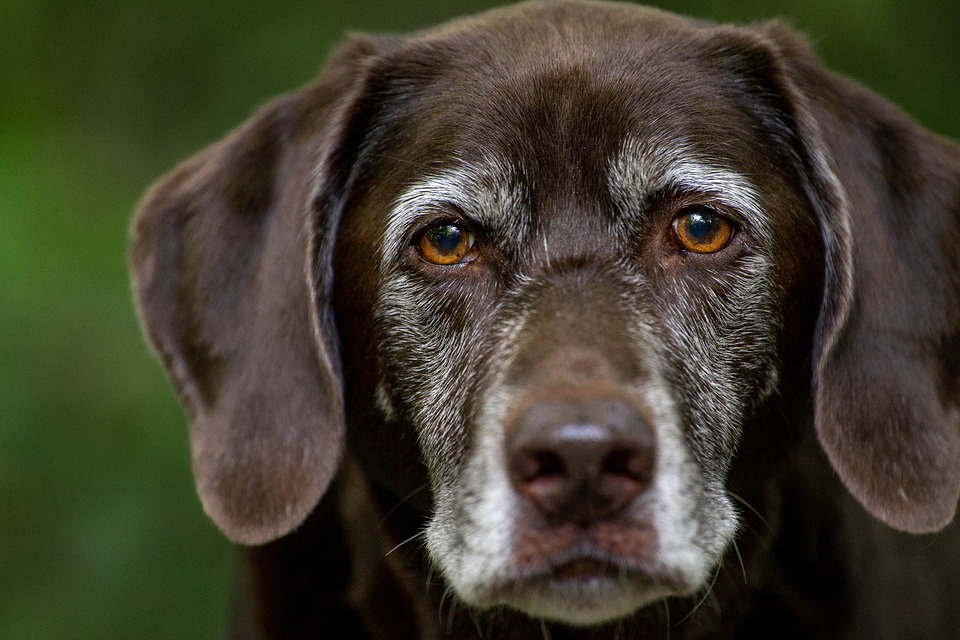Addressing Excessive Licking or Grooming Behavior in Dogs: A Comprehensive Guide
Understanding the Root Causes of Excessive Licking or Grooming Behavior
Excessive grooming in dogs is a natural behavior rooted in their ancestral instincts. Learn why dogs engage in excessive licking or grooming and the potential underlying causes.
Dogs and Their Innate Grooming Instincts
Excessive grooming in dogs is often a result of their innate grooming instincts. Dogs have evolved from their wolf ancestors, who used grooming as a way to maintain hygiene and social bonds within their pack. While domesticated dogs may not have the same need for grooming as their wild counterparts, the instinct remains strong.
Excessive licking or grooming can be a way for dogs to relieve stress, alleviate boredom, or seek attention. By understanding the root causes of this behavior, you can better address and manage it.
The Psychological Factors Behind Excessive Licking or Grooming
Stress, anxiety, and boredom can contribute to excessive licking or grooming behavior in dogs. Dogs, like humans, can experience psychological distress, and grooming may become a coping mechanism for them. Identifying and addressing these underlying factors is crucial in helping your dog overcome their excessive grooming habit.
Medical Conditions and Excessive Licking or Grooming
Excessive licking or grooming can also be a symptom of various medical conditions. Allergies, skin irritations, or pain can lead dogs to excessively groom themselves in an attempt to find relief. It is essential to rule out any underlying health issues before addressing the behavior itself. Consulting with a veterinarian can help determine if there are any medical causes for your dog’s excessive grooming.
Effective Strategies to Address Excessive Licking or Grooming
Creating a Stimulating Environment for Your Dog
One way to redirect excessive licking or grooming behavior is by providing your dog with mental and physical stimulation. Engaging activities, interactive toys, and puzzle feeders can help keep your dog occupied and reduce their focus on grooming. By providing alternative outlets for their energy, you can help alleviate their excessive grooming habits.
Positive Reinforcement Training Techniques
Positive reinforcement training can be a powerful tool in redirecting your dog’s excessive licking or grooming behavior. By rewarding alternative behaviors and consistently reinforcing them, you can help your dog understand what is acceptable and what is not. Patience, consistency, and rewards are key when using this training technique.
Environmental Modifications to Discourage Excessive Licking or Grooming
Modifying your dog’s environment can also help discourage excessive grooming behavior. Bitter sprays or deterrents can be applied to areas your dog tends to lick or groom excessively, making it less appealing for them. Creating safe spaces and providing alternative outlets for their energy can also redirect their focus away from grooming.
Seeking Professional Help
In some cases, it may be necessary to seek professional help to address and manage your dog’s excessive licking or grooming behavior. Consulting with a professional dog behaviorist or veterinarian can provide valuable insights and guidance. They can help identify any underlying issues and develop a tailored plan to address the behavior effectively.
Frequently Asked Questions (FAQs)
Q: Is excessive licking or grooming harmful to my dog’s health?
Excessive licking or grooming can potentially harm your dog’s health. It can lead to skin irritations, hair loss, and the ingestion of excessive fur, which can cause gastrointestinal issues. Differentiating between normal grooming behavior and excessive behavior is essential in determining if there are any health risks involved.
Q: How can I distinguish between excessive licking or grooming and allergies?
Identifying the signs of allergies, such as itching, redness, and inflammation, can help differentiate them from excessive grooming behavior. If you suspect allergies, it is crucial to seek veterinary assistance for a proper diagnosis.
Q: Can excessive licking or grooming behavior be a sign of anxiety or stress?
Yes, excessive licking or grooming behavior can be a sign of anxiety or stress in dogs. Identifying and managing stressors in your dog’s environment can help reduce the behavior. Providing them with a safe and comfortable space is essential in alleviating their anxiety.
Q: Are there any specific breeds more prone to excessive licking or grooming behavior?
Certain dog breeds may be more predisposed to excessive licking or grooming behavior due to genetic factors. Breeds such as Golden Retrievers, Labrador Retrievers, and Bulldogs are known to exhibit these behaviors more frequently. Understanding the breed-specific tendencies can help address and manage the behavior accordingly.
Q: Are there any natural remedies to help reduce excessive licking or grooming behavior?
There are natural remedies, supplements, and calming aids that may help reduce excessive licking or grooming behavior in dogs. However, it is essential to consult with your veterinarian before trying any new treatments. They can provide guidance and ensure the safety and effectiveness of these remedies.
Remember, addressing excessive licking or grooming behavior requires patience, understanding, and a comprehensive approach. By identifying the underlying causes and implementing effective strategies, you can help your furry friend find healthier ways to express themselves.









